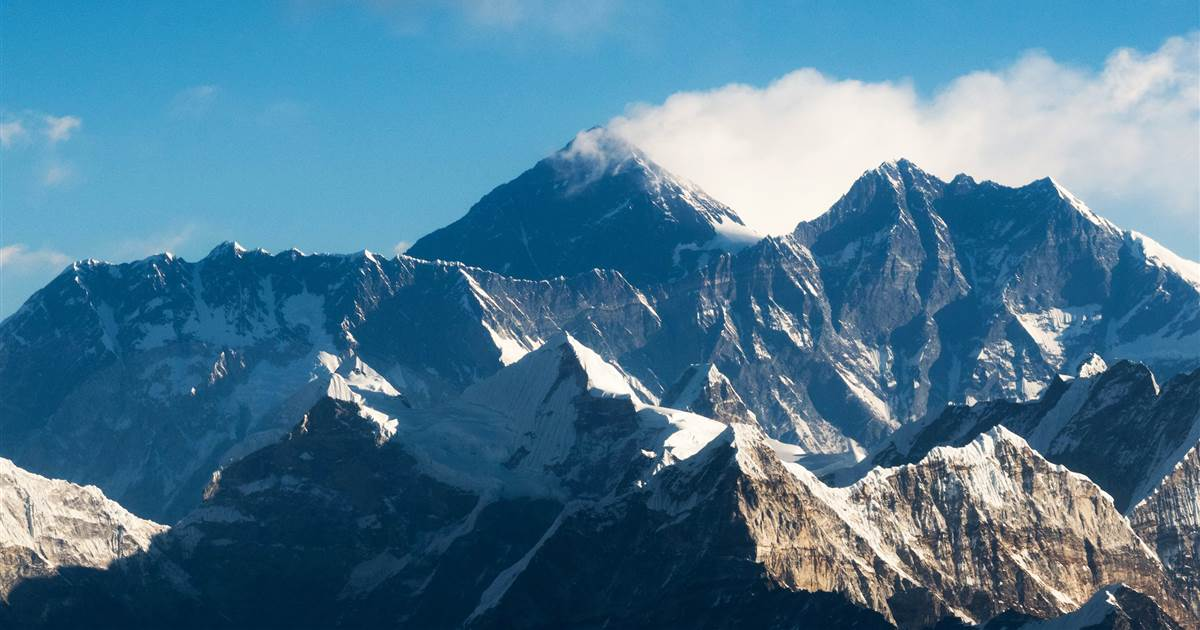
www.nbcnews.com
Why did Mount Everest’s height change?
China and Nepal agreed this week on a new standard height for Mount Everest but geological changes make it complicated to measure the world's highest mountain.
Culture & Entertainment
BEIJING — The world’s highest mountain is now officially a little higher, and that might not be the end of the story.
China and Nepal agreed this week on a new standard height for Mount Everest, the rugged Himalayan peak that straddles their border.
As definitive as that sounds, geological changes, the complicated business of measuring a mountain and varying criteria for determining the world’s highest peak will likely ensure the question isn’t settled for good.
The mountain’s height changes. The movement of tectonic plates can lift it up ever so gradually, while earthquakes can bring it down.
The countervailing forces may help maintain a degree of stability over time, said Dang Yamin, a member of a Chinese team that surveyed Everest’s height earlier this year.
“Nature tends to strike a balance,” he told the official Xinhua News Agency. As an example, Dang cited a massive 1934 earthquake that wiped out 150 years of steady height increase in a few moments.
There’s more than one way to measure a mountain. Last year, a Nepalese team set up a satellite navigation marker on Everest’s peak to gauge its exact position via GPS satellites. A Chinese team undertook a similar mission this spring, though it used the Chinese-made Beidou constellation of navigation satellites, along with other equipment.
At the same time, Nepalese crews took measurements with modern, laser-equipped versions of instruments called theodolites, first used to gauge the mountain’s height in 1856 by measuring angles using trigonometry.
























































